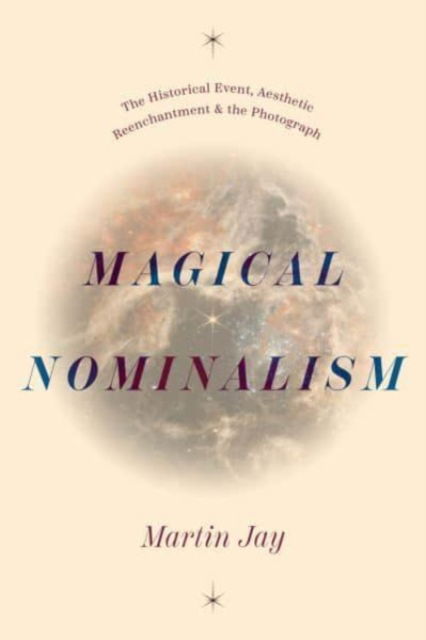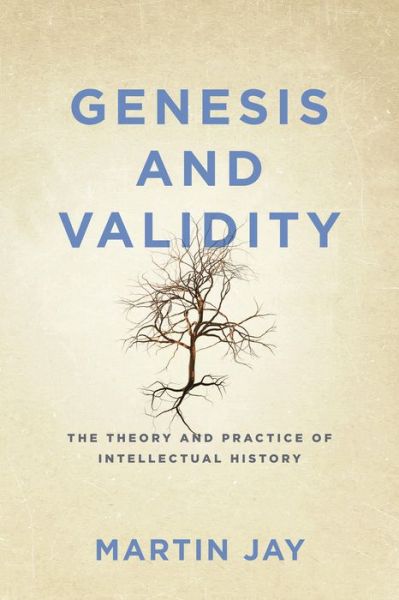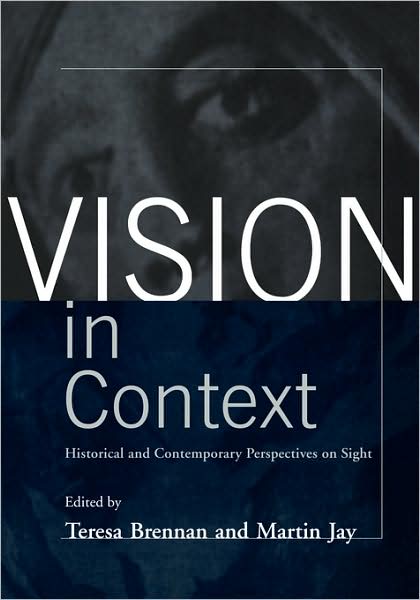
Tell your friends about this item:
Empires of Vision: A Reader - Objects / Histories
Martin Jay
Empires of Vision: A Reader - Objects / Histories
Martin Jay
Combining visual culture and postcolonial studies, this reader shows that an appreciation of the role of visual experience is necessary for understanding how colonialism worked and how colonized subjects spoke to imperial rulers.
Marc Notes: Includes bibliographical references and index. Review Quotes: "The culture of empire has been assessed and analyzed most frequently on the evidence of its 'writings.' It is the inscriptive archives of law, literature, anthropology, history, and theology, amongst others, that have dominated our view of the representational conditions and ideological commitments that prevail in colonial societies. But empire was a potent apparatus for looking, viewing, and gazing--an act of surveillance, an art of regulation, and a profound shaper of visual culture. No collaboration could be as fruitful as the shared spirits of Martin Jay and Sumathi Ramaswamy, who serve as our gifted cicerones in the world of empire's seeing. They have gathered together some of the most important essays that explore the visual domain of empire's rule and misrule, and their anthology will have a transformative effect on art history, the history of ideas, and postcolonial studies."--Homi K. Bhabha, Anne F. Rothenberg Professor of the Humanities, Harvard UniversityBiographical Note: Martin Jay is Sidney Hellman Ehrman Professor of History at the University of California, Berkeley. He is the author of many books, including "Downcast Eyes," "The Dialectical Imagination," and "Marxism and Totality."Sumathi Ramaswamy is Professor of History at Duke University. She is the author of "The Goddess and the Nation," also published by Duke University Press; "The Lost Land of Lemuria," and "Passions of the Tongue."Review Quotes: ""Empires of Vision" is one of those books that "had" to be written, and that required, not a single author, but an interdisciplinary and cosmopolitan collective of scholarly learning and critical passion. In a brilliant series of interventions, the authors gathered here survey the full range of ways in which imperialism worked its black magic, not just with the standard tools of armies and military technologies, bureaucracies and gunboats, but with photographs, paintings, maps, and the whole range of visual arts and media. This is essential reading for art historians, anthropologists, and scholars of visual culture across the globe."--W. J. T. Mitchell, author of" Seeing Through Race"Table of Contents: Illustrations -- Reprint Acknowledgments -- Acknowledgments -- Introduction: The Work of Vision in the Age of European Empires / Sumathi Ramaswamy -- Section I. The Imperial Optic -- Introduction / Martin Jay, Sumathi Ramaswamy -- Part 1. Empires of the Palette -- Chapter 1. The Walls of Images / Serge Gruzinski -- Chapter 2. Painting as Exploration: Visualizing Nature in Eighteenth-Century Colonial Science / Daniela Bleichmar -- Chapter 3. Indian Yellow: Making and Breaking the Imperial Palette / Jordanna Bailkin -- Chapter 4. Colonial Panaromania / Roger Benjamin -- Part 2. The Mass-Printed Imperium -- Chapter 5. Objects of Knowledge: Oceanic Artifacts in European Engravings / Nicholas Thomas -- Chapter 6. Excess in the City? The Consumption of Imported Prints in Colonial Calcutta, c. 1780-c. 1795 / Natasha Eaton -- Chapter 7. Advertising and the Optics of Colonial Power at the Fin de Siecle / David Ciarlo -- Part 3. Mapping, Claiming, Reclaiming -- Chapter 8. Mapping Plus Ultra: Cartography, Space, and Hispanic Modernity / Ricardo Padron -- Chapter 9. Mapping an Exotic World: The Global Project of Dutch Cartography, circa 1700 / Benjamin Schmidt -- Chapter 10. Visual Regimes of Colonization: European and Aboriginal Seeing in Australia / Terry Smith -- Part 4. The Imperial Lens -- Chapter 11. The Photography Complex: Exposing Boxer-Era China (1900-1901), Making Civilization / James L. Hevia -- Chapter 12. Colonial Theaters of Proof: Representation and Laughter in 1930s Rockefeller Foundation Hygiene Cinema in Java / Eric A. Stein -- Chapter 13. Colonialism and the Built Space of Cinema / Brian Larkin -- Section II. Postcolonial Looking -- Introduction / Martin Jay, Sumathi Ramaswamy -- Part 5. Subaltern Seeing: An Overlap of Complexities -- Chapter 14. Speaking Back to Orientalist Discourse / Zeynep celik -- Chapter 15. Maps, Mother/Goddesses, and Martyrdom in Modern India / Sumathi Ramaswamy -- Chapter 16. Notes from the Surface of the Image: Photography, Postcolonialism, and Vernacular Modernism / Christopher Pinney -- Chapter 17. I Am Rendered Speechless by Your Idea of Beauty: The Picturesque in History and Art in the Postcolony / Krista A. Thompson -- Chapter 18. Fanon, Algeria, and the Cinema: The Politics of Identification / Robert Stam -- Part 6. Regarding and Reconstituting Europe -- Chapter 19. Creole Europe: The Reflection of a Reflection / Christopher Pinney -- Chapter 20. Picasso, Africa, and the Schemata of Difference / Simon Gikandi -- Chapter 21. Double Dutch and the Culture Game / Olu Oguibe -- Conclusion: A Parting Glance: Empire and Visuality / Martin Jay -- Contributors -- Index. Review Quotes: "The power of "Empires of Vision" is in its trans-disciplinary scope, but is also in its ambition. The themes and essays come together and prod the reader to consider the multi-dimensionality of image and empire. It moves beyond mere collections and museums; it moves beyond observed and observer. Empires of Vision examines the nature of empire through oft-forgotten and frequently overlooked historical characters."--Lydia Pyne ""Somatosphere" "Publisher Marketing: "Empires of Vision" brings together pieces by some of the most influential scholars working at the intersection of visual culture studies and the history of European imperialism. The essays and excerpts focus on the paintings, maps, geographical surveys, postcards, photographs, and other media that comprise the visual milieu of colonization, struggles for decolonization, and the lingering effects of empire. Taken together, they demonstrate that an appreciation of the role of visual experience is necessary for understanding the functioning of hegemonic imperial power and the ways that the colonized subjects spoke, and looked, back at their imperial rulers. "Empires of Vision" also makes a vital point about the complexity of image culture in the modern world: We must comprehend how regimes of visuality emerged globally, not only in the metropole but also in relation to the putative margins of a world that increasingly came to question the very distinction between center and periphery."Contributors." Jordanna Bailkin, Roger Benjamin, Daniela Bleichmar, Zeynep celik, David Ciarlo, Natasha Eaton, Simon Gikandi, Serge Gruzinski, James L. Hevia, Martin Jay, Brian Larkin, Olu Oguibe, Ricardo Padron, Christopher Pinney, Sumathi Ramaswamy, Benjamin Schmidt, Terry Smith, Robert Stam, Eric A. Stein, Nicholas Thomas, Krista A. Thompson
Contributor Bio: Jay, Martin Martin Jay is Sidney Hellman Ehrman Professor of History at the University of California, Berkeley. Among his books are "Refractions of Violence "(2003), "The Dialectical Imagination: A History of the Frankfurt School and the Institute of Social Research, 1923 1950 "(second edition, California, 1996), "Downcast Eyes: The Denigration of Vision in Twentieth-Century French Thought "(California, 1993), and "Marxism and Totality: The Adventures of a Concept from Lukacs to Habermas "(California, 1984). Contributor Bio: Ramaswamy, Sumathi Sumathi Ramaswamy is Assistant Professor of History at the University of Pennsylvania.
| Media | Books Paperback Book (Book with soft cover and glued back) |
| Released | March 14, 2014 |
| ISBN13 | 9780822354482 |
| Publishers | Duke University Press |
| Pages | 688 |
| Dimensions | 160 × 229 × 35 mm · 1.06 kg |
| Editor | Jay, Martin |
| Editor | Ramaswamy, Sumathi |



















